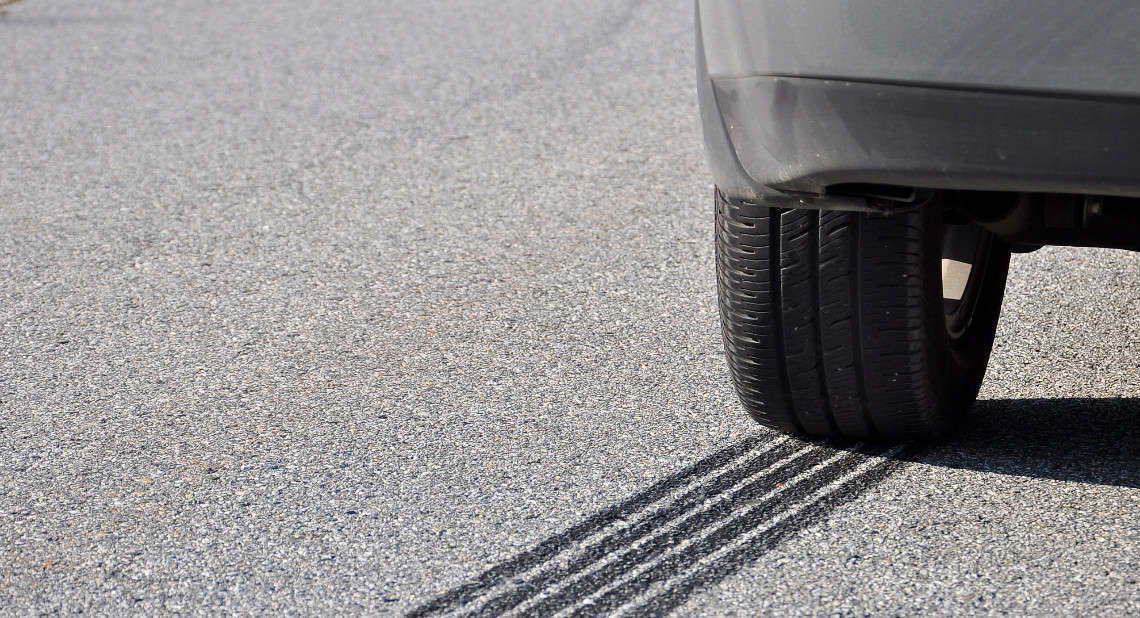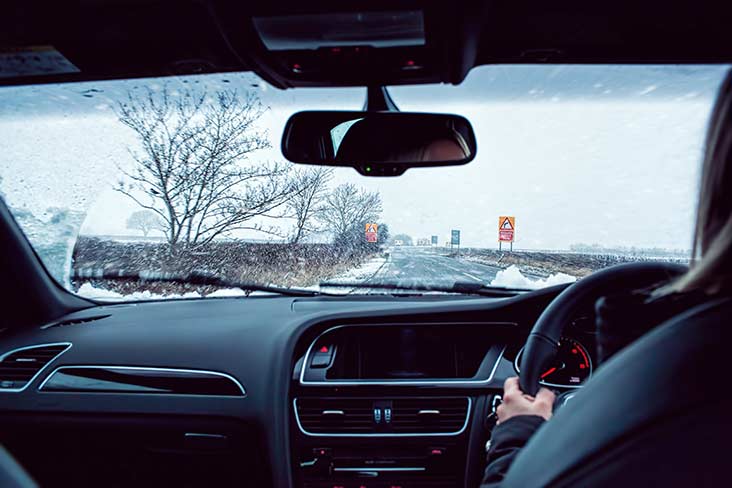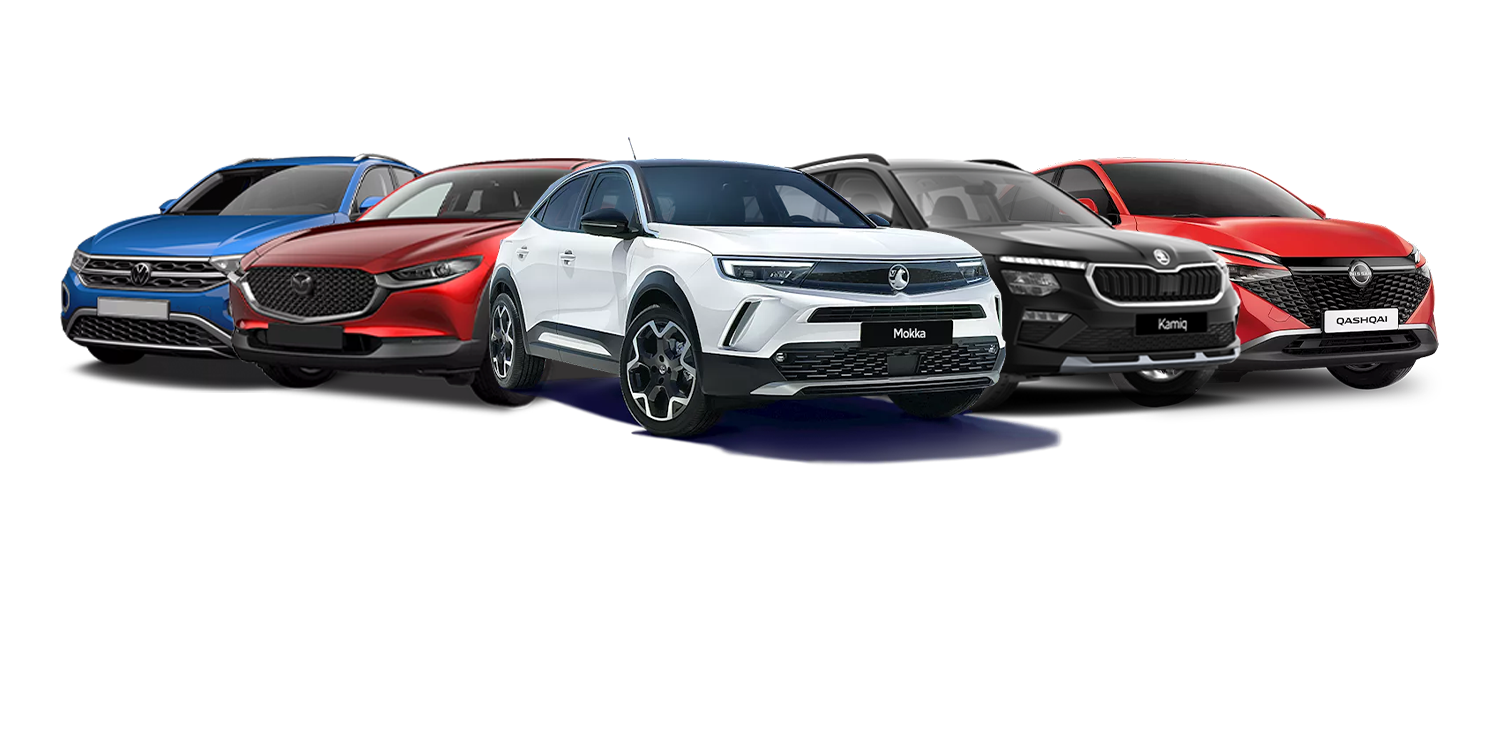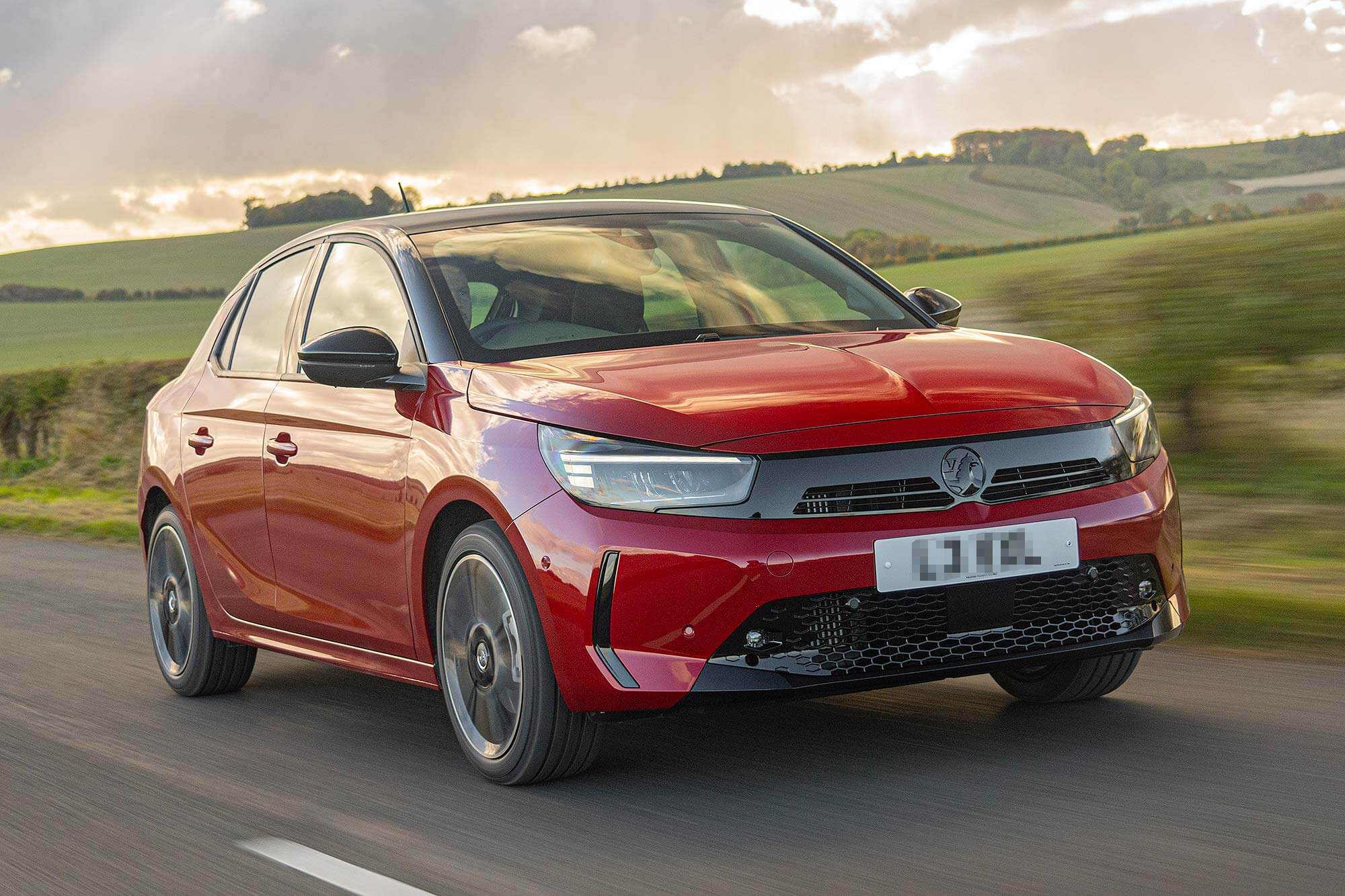With winter just around the corner, the accompanying rain, puddles, wet leaves, black ice and snow mean we can’t afford to be too relaxed when motoring. This article highlights how you can avoid your car skidding while you’re driving, and what you can do if it does.
Having a car can be liberating when the weather is bad; it means we can keep dry and warm when we venture outside. However, driving in bad weather can be a shock to the system when we haven’t done it for a while. A usually safe stretch of tarmac can become slippery and it can be challenging to get out of a skid in the heat of the moment.
But not to worry, we’ve put together a few straightforward techniques that will help you steer clear of danger without panicking.
Avoiding skidding
It’s best to prevent a slip in the first place. So, follow this guidance:
1. Check your tyres
You should regularly look at your tyres to ensure they have decent tread, the correct pressure, and are in good condition. Tyres are what give you grip on the road, after all.
Tyres and your Motability Scheme car
Legally, tyres need to be replaced when the tread depth falls to 1.6mm on 75% of the contact surface. However Kwik Fit will replace tyres on Motability Scheme cars when the depth falls to 2.0mm.
2. Watch your speed
Choose your speed in keeping with the weather conditions, not the actual speed limit. Travelling at the stated speed limit can be hazardous in poor weather.
3. Be observant
When driving on damp or wintry roads, turn off distractions, like your radio, and keep both hands on the steering wheel, just in case you need to make an instant reaction.
4. Watch out for bends
When circumnavigating a bend or moving towards a turn, give yourself time to drop your speed – it will help you maintain better control.
5. Never stamp on the brakes
Instead, give yourself up to 10 additional seconds of following distance – and be mindful of impending stops or turns.
How to get out of a skid
If you do get into a skid, try not to panic. It’s easier said than done, but do your best to stay calm and adhere to these steps to get out of it.
Straight-line skids
During straight-line skids, the entire vehicle drifts to one side. So firstly, lift your foot off the accelerator pedal. Once you sense the tyres have recovered grip and the drifting has stopped, gradually move back to the centre of your lane.
If the drifting carries on, even when your foot isn’t on the accelerator, you can lightly tap your brake pedal.
‘Fishtail’ skids
If you get into a sideways skid, only the rear of your vehicle slips to one side, and its nose continues to point straight ahead. This is called “fishtailing”.
The most critical thing to remember is to turn your steering wheel gradually into the fishtail. If you’re skidding towards the right, slowly steer right. If you’re skidding to the left, steer left. Once you begin to feel the car levelling out, gently straighten the steering wheel.
This technique straightens out your vehicle’s rear and keeps it heading in a straight line. The sooner you can catch the fishtail skid, the better, as less correction will be required.
No matter the kind of skid you’re correcting, you should never hit the brakes hard, as this could send your vehicle into a tailspin.
ABS
Speaking of brakes, all cars have been fitted with an anti-locking braking system (ABS) since 2004. The system helps prevent your vehicle’s wheels from locking up, and it helps maintain traction when braking hard.
RAC Motability Assist
While we can potentially influence the outcome of a skid, we can’t always control other factors, such as a mechanical issue or a flat tyre. There’s no need to worry, though, as your Scheme car or Wheelchair Accessible Vehicle (WAV) is covered with breakdown assistance from RAC.
Find out more about the breakdown support provided by RAC
About the Motability Scheme
The Motability Scheme allows you to swap all or part of your mobility allowance for leasing a car, WAV, scooter or powered wheelchair.
Whether it’s petrol, diesel, a hybrid or a fully electric car you need, you can view the line-up of vehicles on the Scheme by checking out the search tool.
Related articles
What are the risks of under-inflated tyres?
Driving in the dark – tips on how to stay safe
![]()








